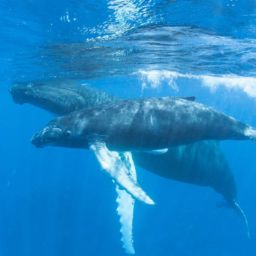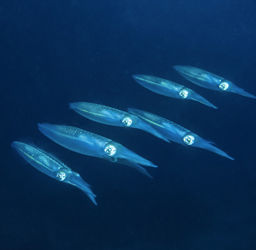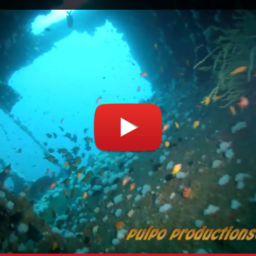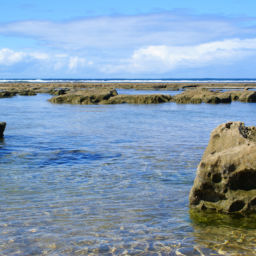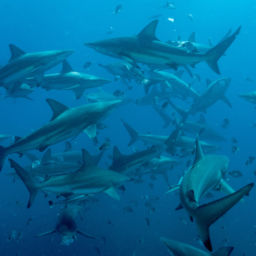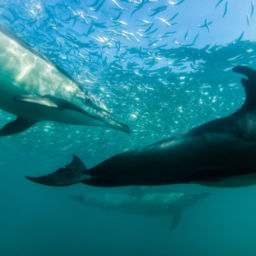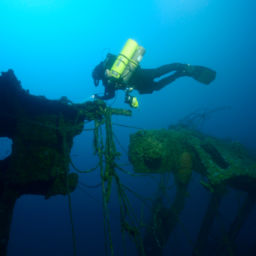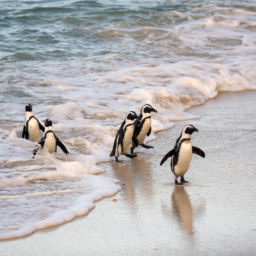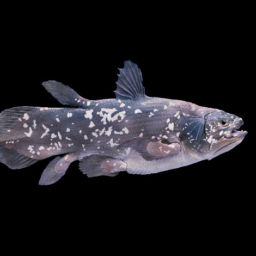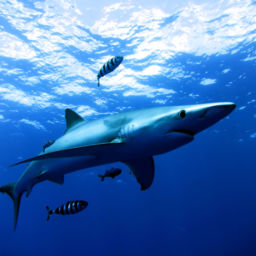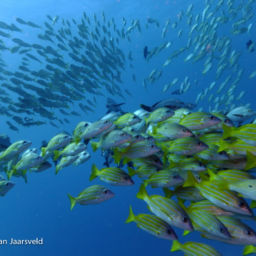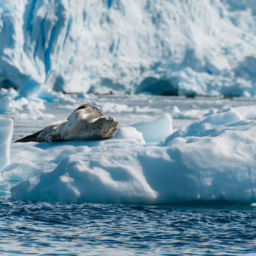The South African Cape is well known for fabulous dive sites and abundant marine life, thanks to the meeting of the Indian and Atlantic Oceans. Dive operators conduct tours of the many famed sites that litter False Bay, and a myriad of shore dives are easily accessible to divers and free-divers as well. Miller’s Point is one such site.
Getting to Miller’s Point
The best way to reach Miller’s Point is by renting a car from Cape Town airport. For stunning scenery, visit Kirstenbosch Gardens and the viewpoint along Chapman’s Peak drive before cutting across the peninsula and arriving in Simon’s Town. Throughout the year it’s worth a visit to Simon’s Town and Boulders Beach for the famed resident African penguin colony that lines the beaches in great numbers. You can even swim with them — the best time is early in the morning when the beach is not crowded with tourists and the penguins are most curious. Two miles to the south via the M4 road, Miller’s Point tidal pool awaits. Park your car and gear up before heading down to the water.
Diving Miller’s Point
There is a rather long walk from the parking lot, however, the rewards make the effort worthwhile. The entry is a small, sandy inlet at the end of the Miller’s Point tidal pool. Swim out through the kelp forest through gaps between the boulders but don’t venture too far from the shore, as the entrance to Shark Alley is nearby, where great whites, strong currents and boat traffic can all pose a threat.
This area is characterized by large areas of granite corestone reef interspersed with sandy patches and a relatively flat sand bottom further out. Swimming through the kelp, divers will spot multiple fish species in the water column and colorful starfish, anemones, nudibranchs and urchins littering the floor. A photographer’s paradise, the shallow waters allow longer dives and good light for capturing unique African species. Pyjama, leopard catsharks and octopus are constantly at odds, the latter finding shelter from the small, aggressive pocket sharks that prowl through the small gullies.
A patient diver may be rewarded by the arrival of much larger species. Broadnose sevengill sharks are fairly common residents here, and lately have become icons of False Bay with the declining great white population. This usually nocturnal predator is virtually blind and can approach extremely close before veering away into the emerald waters. Some individuals can reach 9 feet (2.7 m) and groups of sharks can reach up to 20.
When to Dive Miller’s Point
Remember that summer in the Southern Hemisphere is winter in the north, so the water is warmest from January to March (69 F/21 C). That said, visibility can be lower than in the cooler winter months. Summer months generally have constant southeasterly winds, creating poor visibility, and sharks are more commonly seen during the winter months, making the cooler waters worthwhile. Still, there is always a chance to see the resident species, especially early in the morning or later in the day.
Additional activities in the area
Cape Town is one of the most exciting cities on the planet and visits to Table Mountain, The Wine Lands, Kirstenbosch Gardens, Robben Island and the Victoria and Albert Waterfront won’t disappoint. Longer trips to the Garden Route to the east and Langebaan to the west are first-class examples of diverse habitats where hundreds of species of birds and mammals reside.




